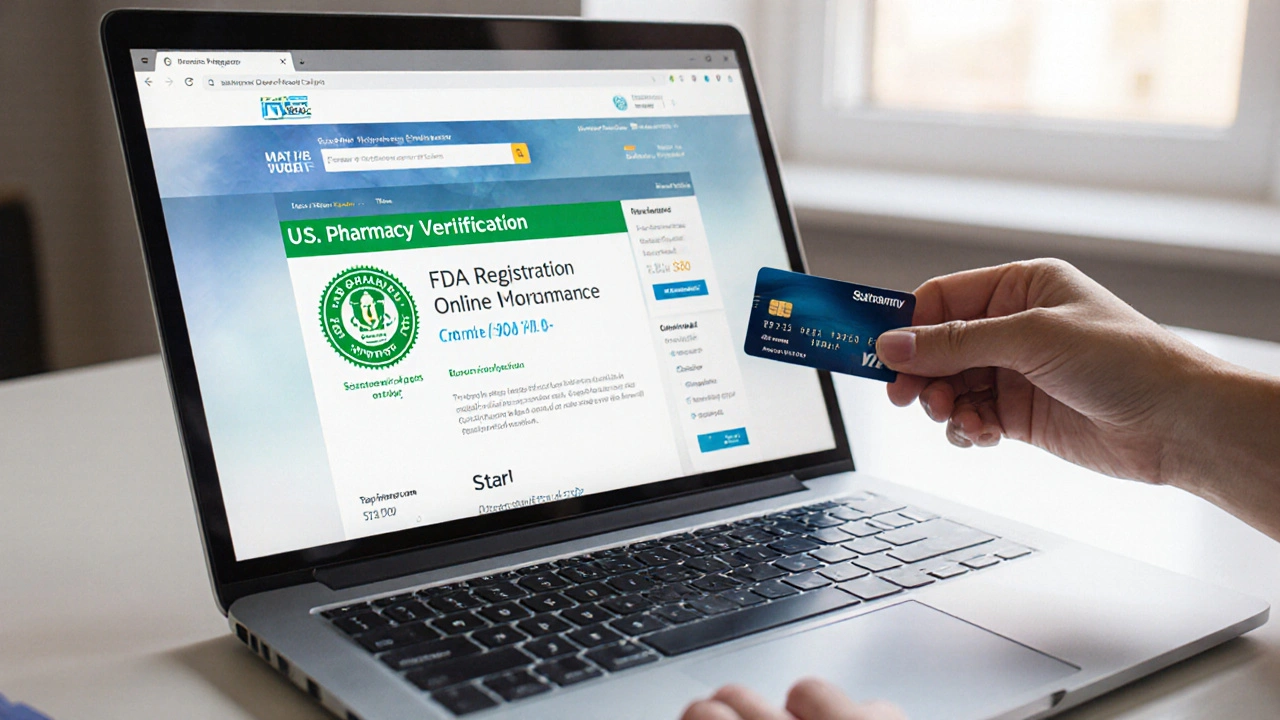OTC Pain Reliever Guide – What You Need to Know
When you reach for a OTC pain reliever, a non‑prescription medication that eases headache, muscle ache, or joint pain. Also known as over‑the‑counter analgesic, it comes in tablets, liquids, and creams, each designed for quick relief without a doctor’s script. Understanding the basics helps you pick the right product and avoid hidden risks.
Common Types of OTC Pain Relievers
The most popular category is NSAIDs, non‑steroidal anti‑inflammatory drugs like ibuprofen and naproxen. These work by blocking prostaglandins, which are chemicals that cause inflammation and pain. If you need to reduce swelling after a workout or curb menstrual cramps, an NSAID is usually the go‑to choice. Another big player is acetaminophen, a pain reliever that mainly targets the brain’s pain signals. It’s gentler on the stomach, making it a safer option for people with ulcers or sensitive GI tracts, but it doesn’t tackle inflammation. Then there are topical analgesics, creams, gels, or patches applied directly to the skin. Ingredients like menthol, camphor, or lidocaine provide localized relief without affecting the whole body, perfect for joint aches or minor sports injuries.
Choosing the right OTC pain reliever hinges on three factors: the type of pain, any existing health conditions, and potential drug interactions. For a throbbing toothache, a rapid‑acting NSAID may calm both pain and swelling, while acetaminophen might be better for a fever‑related headache. If you’re on blood thinners, NSAIDs could raise bleeding risk, so acetaminophen or a topical agent becomes safer. Always check the active ingredient list—many combination products bundle acetaminophen with caffeine or antihistamines, which can surprise you with extra side effects.
Safety isn’t just about the pill you pick; it’s also about how you use it. The recommended adult dose for ibuprofen is 200‑400 mg every 4‑6 hours, never exceeding 1,200 mg without a doctor’s guidance. Acetaminophen caps at 3,000 mg per day for most adults, but liver disease or alcohol use lowers that threshold dramatically. Topical products should be applied in a thin layer, avoiding broken skin, and washed off before bedtime to prevent irritation. Reading the label, respecting dosing intervals, and storing medicines out of children’s reach are simple habits that keep you safe.
Beyond the basics, the collection of articles below dives deeper into real‑world scenarios you’ll encounter. You’ll find side‑by‑side comparisons of popular NSAIDs versus alternatives, tips on managing chronic pain without prescription drugs, and guidance on buying quality OTC products online. Whether you’re a weekend warrior, a busy parent, or just someone who wants reliable relief, the posts ahead give you the facts you need to make confident, informed choices.

How to Buy Cheap Generic Acetaminophen Online Safely (2025 Guide)
Learn how to safely buy cheap generic acetaminophen online in 2025. Follow a step‑by‑step guide, compare prices, spot red flags, and stay within safe dosage limits.
